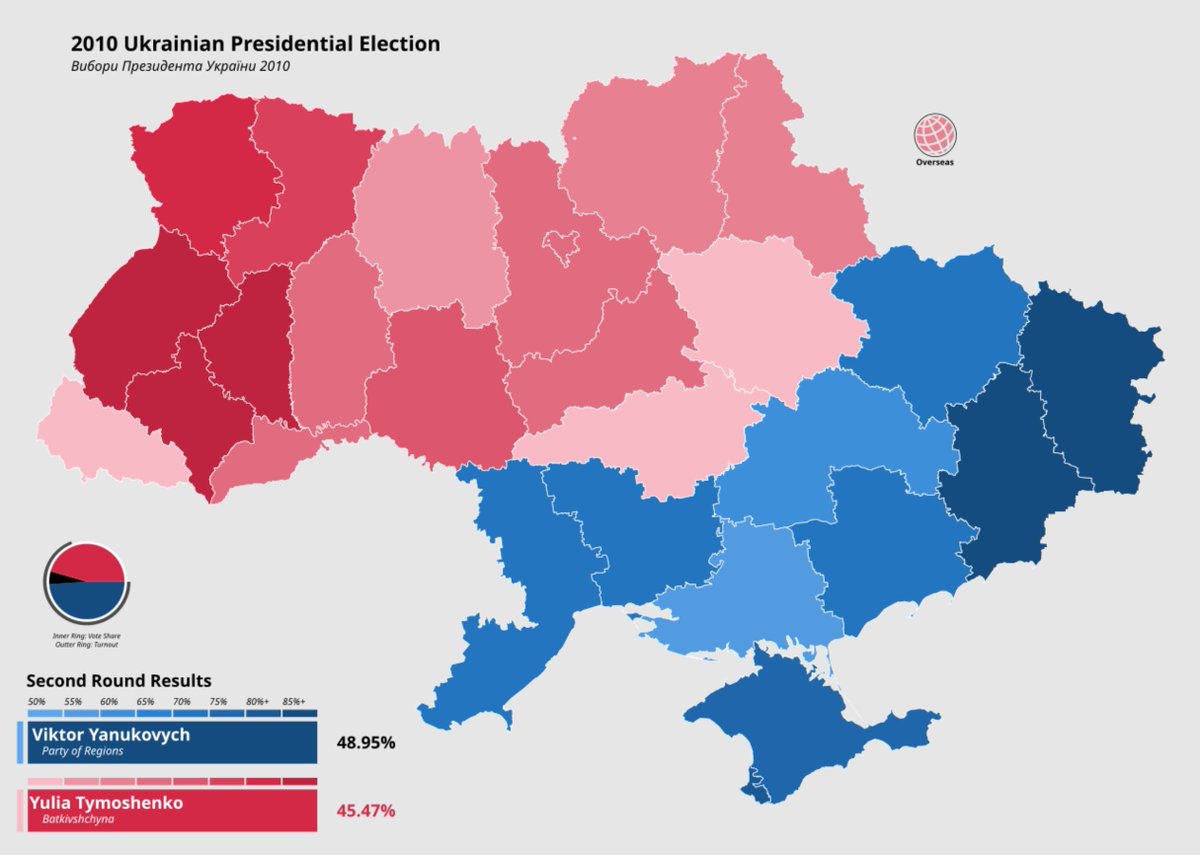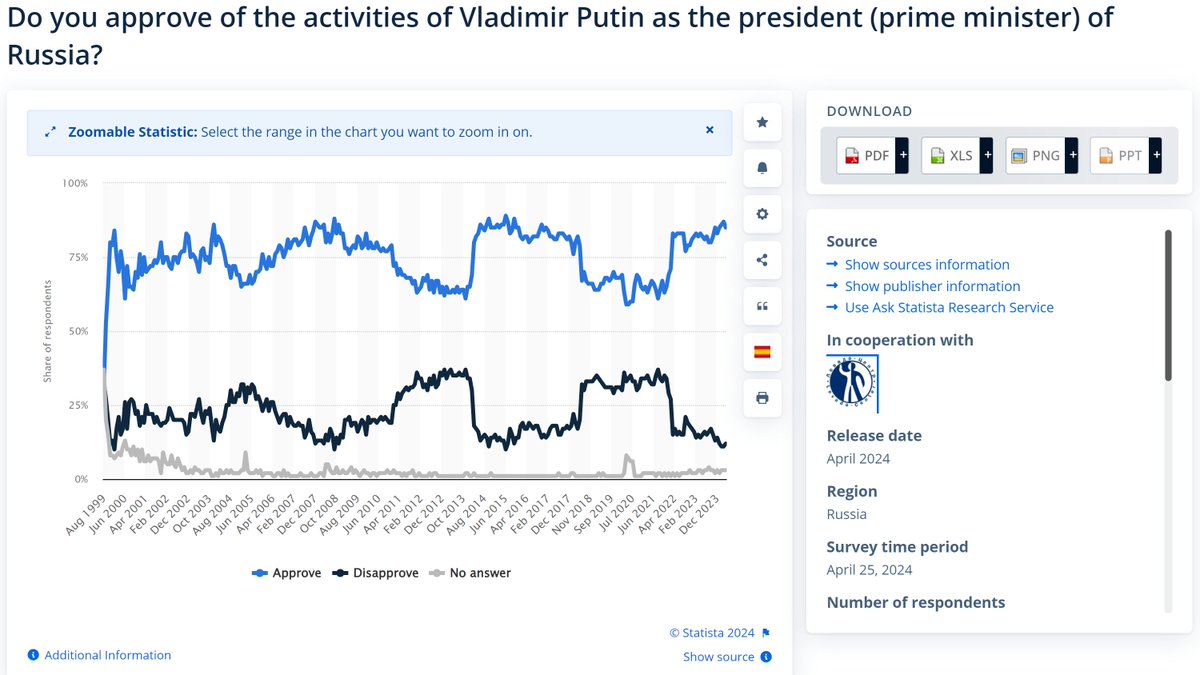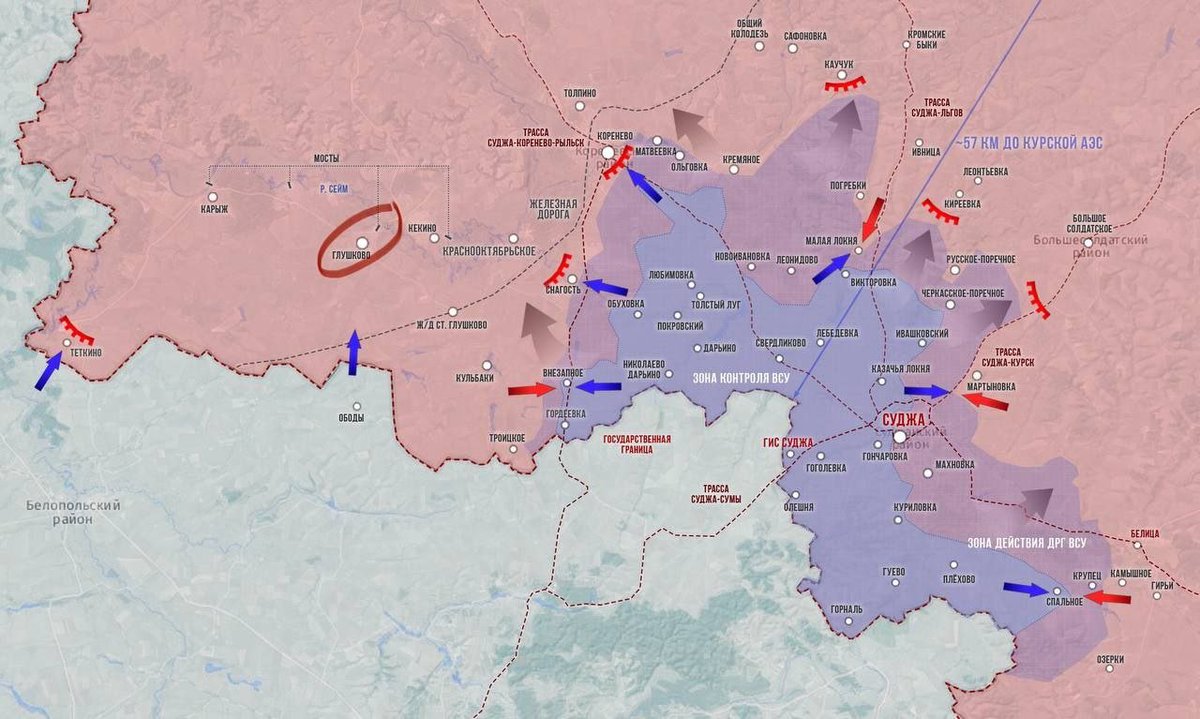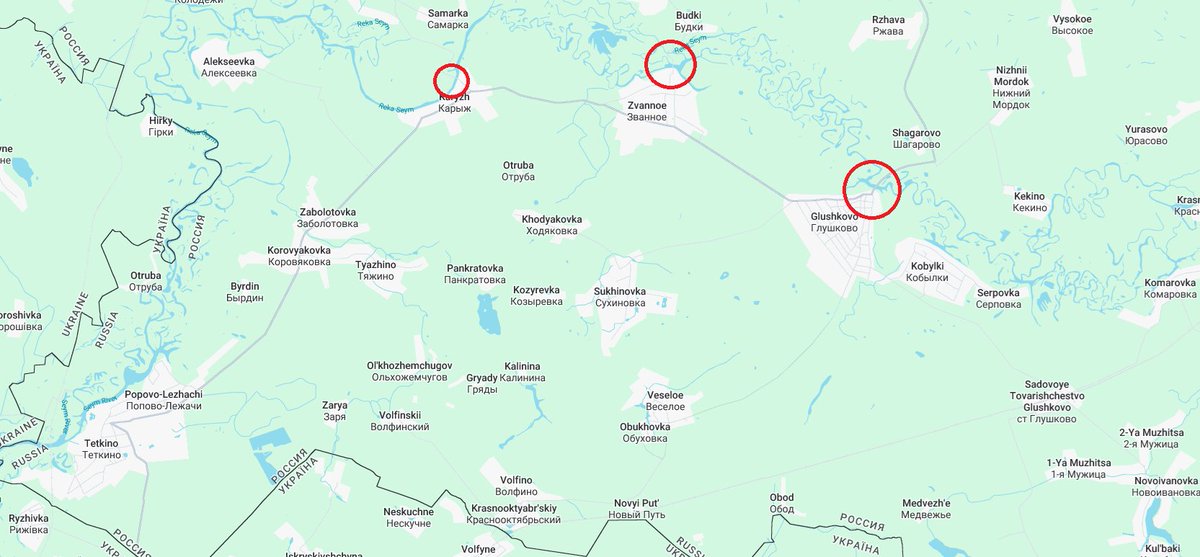By popular demand, I'm writing a listicle - my top ten US military acquisition disasters of the 21st century.
It's a little distressing that I have so much material to work with.⬇️
It's a little distressing that I have so much material to work with.⬇️
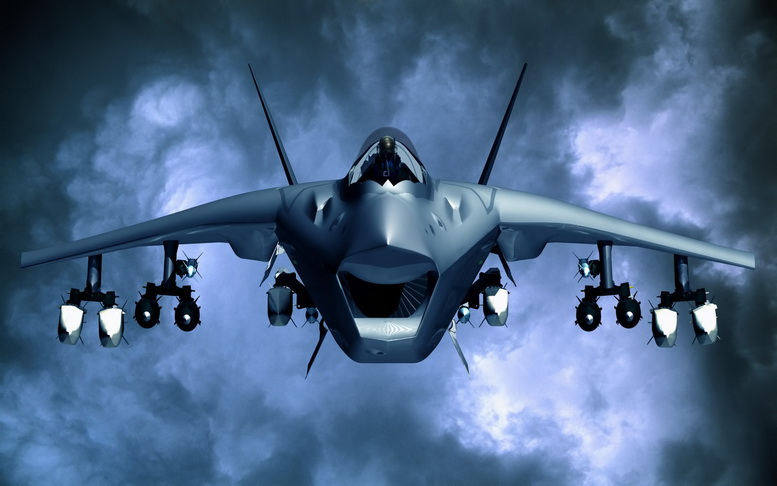
This list is largely informed by two factors - taxpayer money wasted and capabilities not delivered. So despite my catchy F-32 frontispiece above, the F-35 didn't actually make the list because despite being very expensive the program delivered working hardware.
Number 10: the VH-71 Kestrel
You think it'd be easy to design a VIP version of an AW101, but the DoD managed to make an off the shelf design cost $400M each.
Cancelled in 2009 after sinking $4.4B; sane program management got the replacement VH-92 in at a third of the unit cost.


You think it'd be easy to design a VIP version of an AW101, but the DoD managed to make an off the shelf design cost $400M each.
Cancelled in 2009 after sinking $4.4B; sane program management got the replacement VH-92 in at a third of the unit cost.
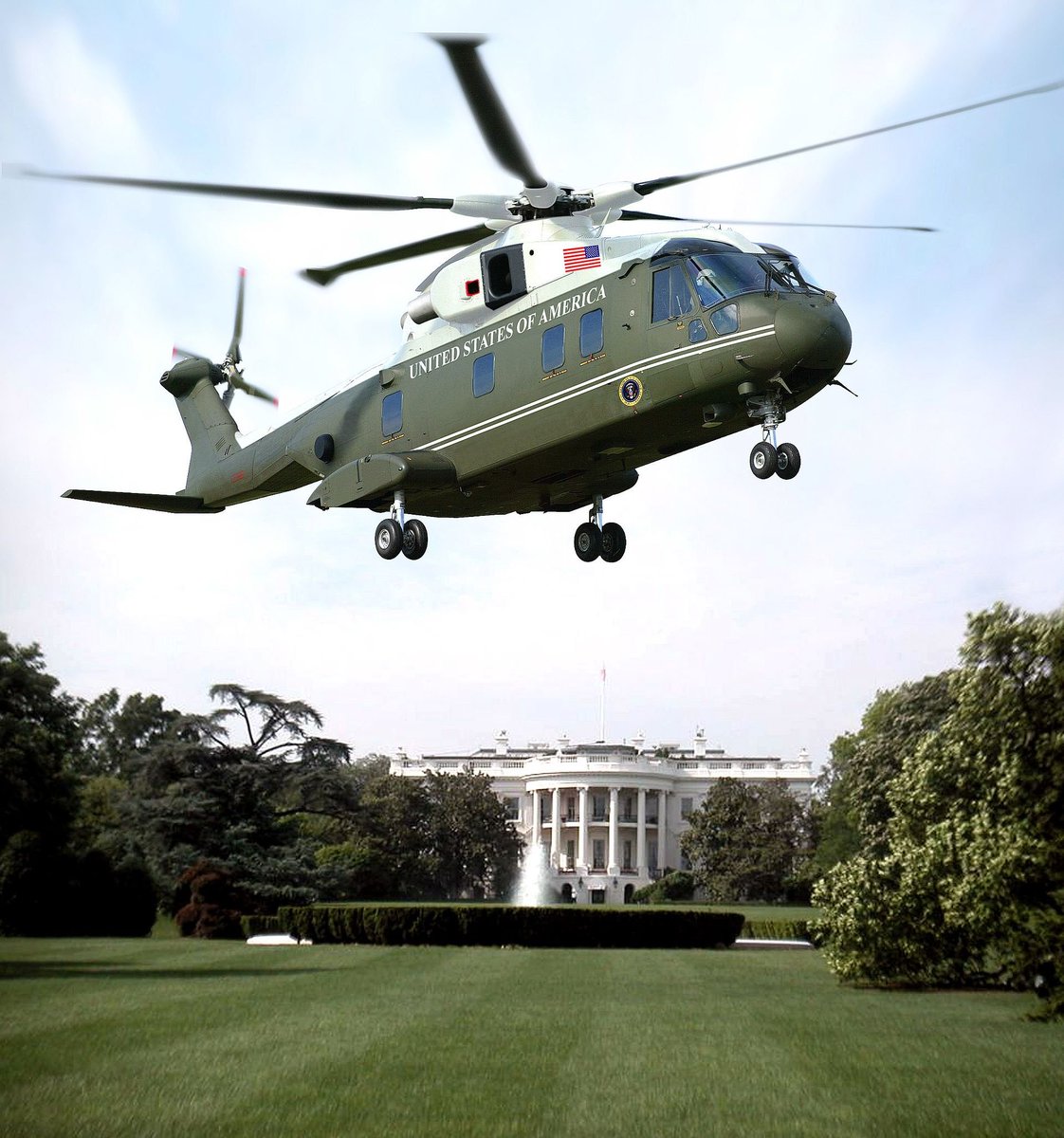
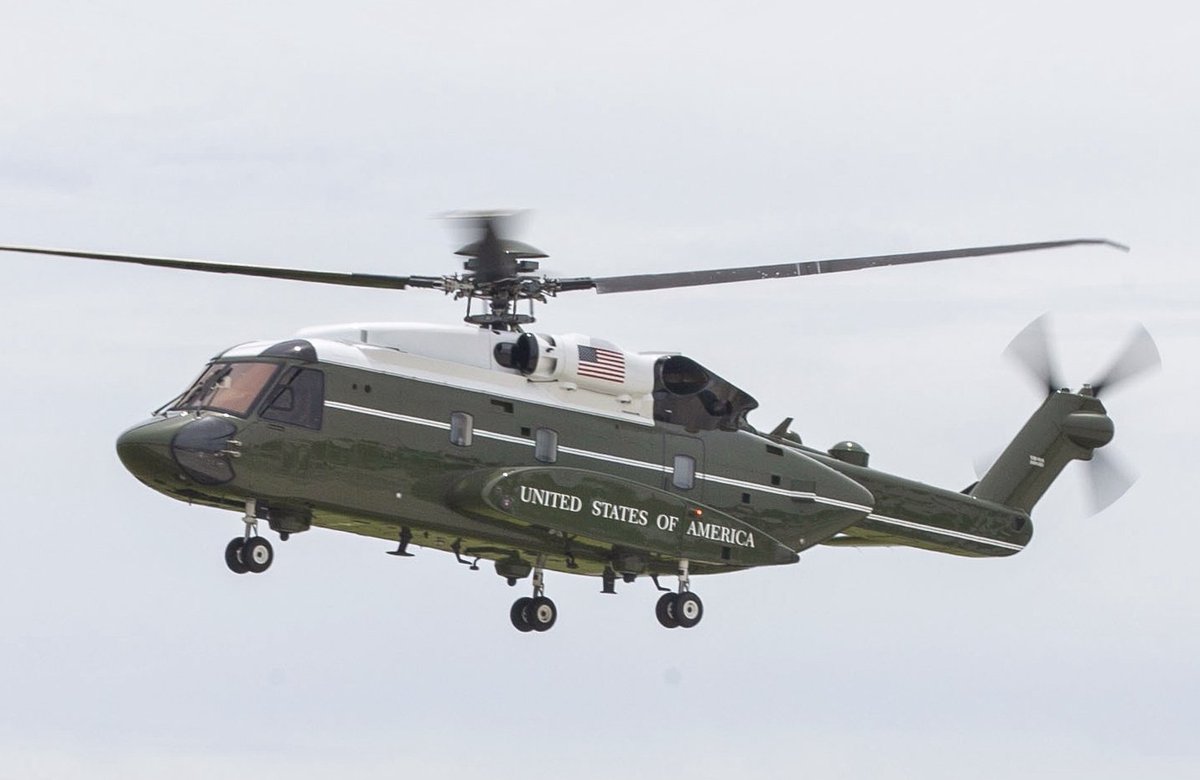
Number 9: the X-47B
This was actually a program that was successful - too successful in fact, because the Navy cancelled it lest they threaten the Fighter Mafia's jobs.
The Navy's new MQ-25 Stingray has been relegated to tanker duty instead of glamorous long-range strike.


This was actually a program that was successful - too successful in fact, because the Navy cancelled it lest they threaten the Fighter Mafia's jobs.
The Navy's new MQ-25 Stingray has been relegated to tanker duty instead of glamorous long-range strike.
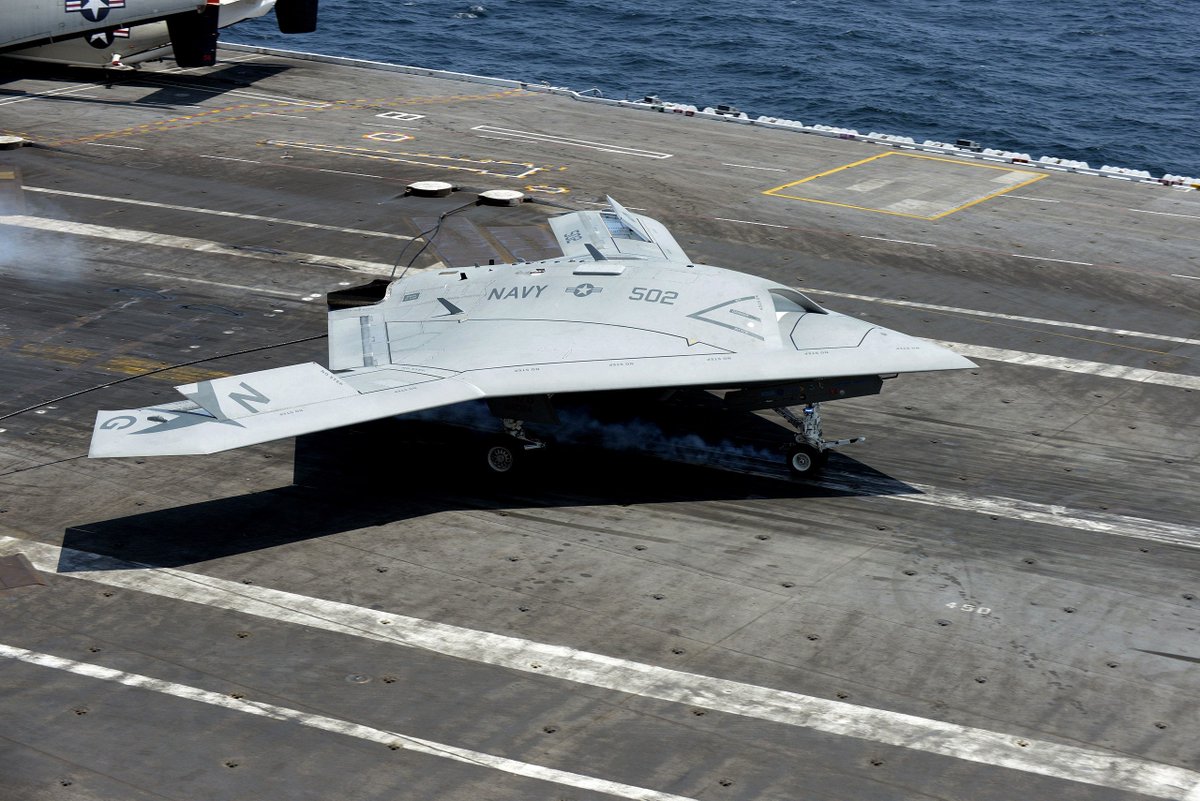

Number 8: the XM2001 Crusader
The US Army had a world-beating howitzer in 2001, and Donald Rumsfeld cancelled it because it wasn't transformative enough or something.
Y'know where Crusader would have been really useful? Europe, right now, because the new war is the old war.
The US Army had a world-beating howitzer in 2001, and Donald Rumsfeld cancelled it because it wasn't transformative enough or something.
Y'know where Crusader would have been really useful? Europe, right now, because the new war is the old war.

Number 7: the Joint Tactical Radio System
How hard is it to procure some new radios? Really hard apparently, the Army sank $6 billion into an expansive software-defined radio program that failed to produce anything usable before finally cancelling it in 2012.
How hard is it to procure some new radios? Really hard apparently, the Army sank $6 billion into an expansive software-defined radio program that failed to produce anything usable before finally cancelling it in 2012.
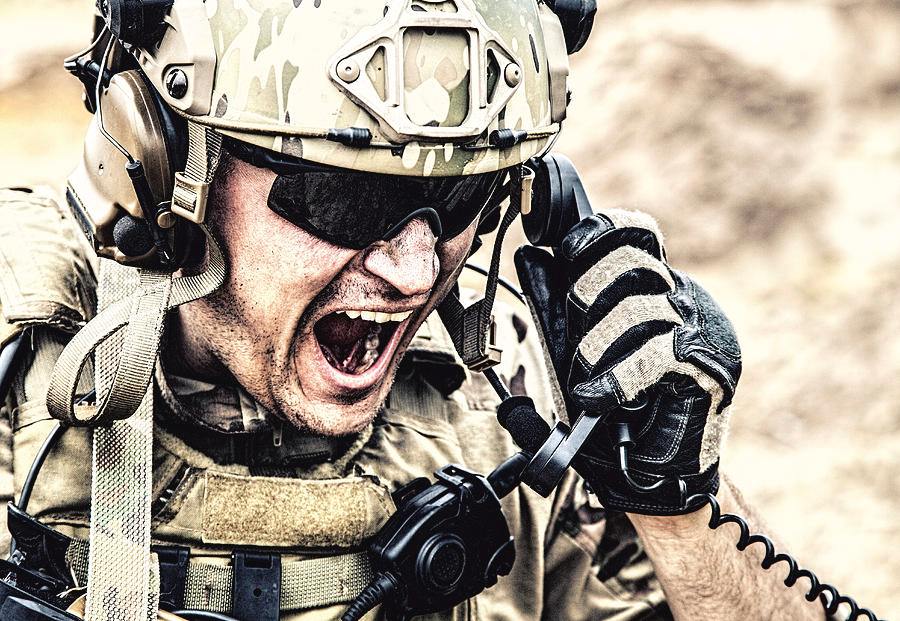
Number 6: the Ground Combat Vehicle
The Army's excessive requirements doomed this post-Iraq program to replace the aging Bradley fleet. The designs submitted - designed to carry full infantry squads and survive basically all foreseeable threats - weighed as much as 84 tons.


The Army's excessive requirements doomed this post-Iraq program to replace the aging Bradley fleet. The designs submitted - designed to carry full infantry squads and survive basically all foreseeable threats - weighed as much as 84 tons.
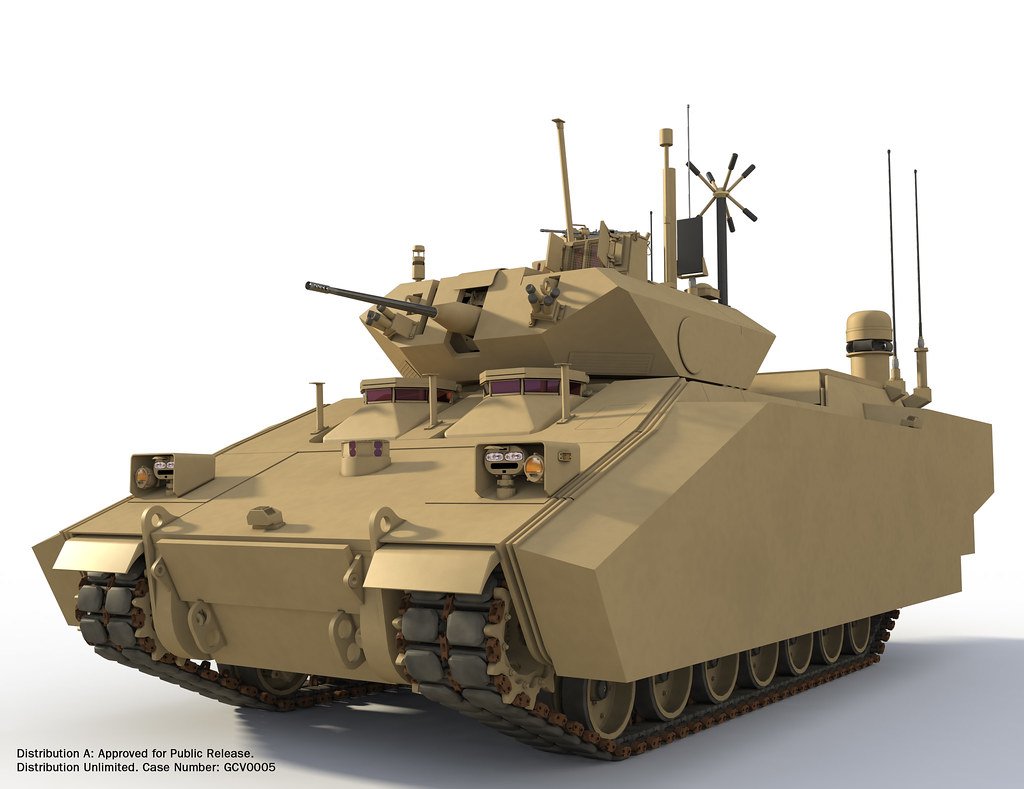

Number 5: the RAH-66 Comanche
The Army sank almost $7 billion in 1990s money into developing this stealth reconnaissance-attack helicopter and then proceeded to not buy it on cost grounds.
Much like Crusader, some of these would be really useful in Europe right about now.
The Army sank almost $7 billion in 1990s money into developing this stealth reconnaissance-attack helicopter and then proceeded to not buy it on cost grounds.
Much like Crusader, some of these would be really useful in Europe right about now.
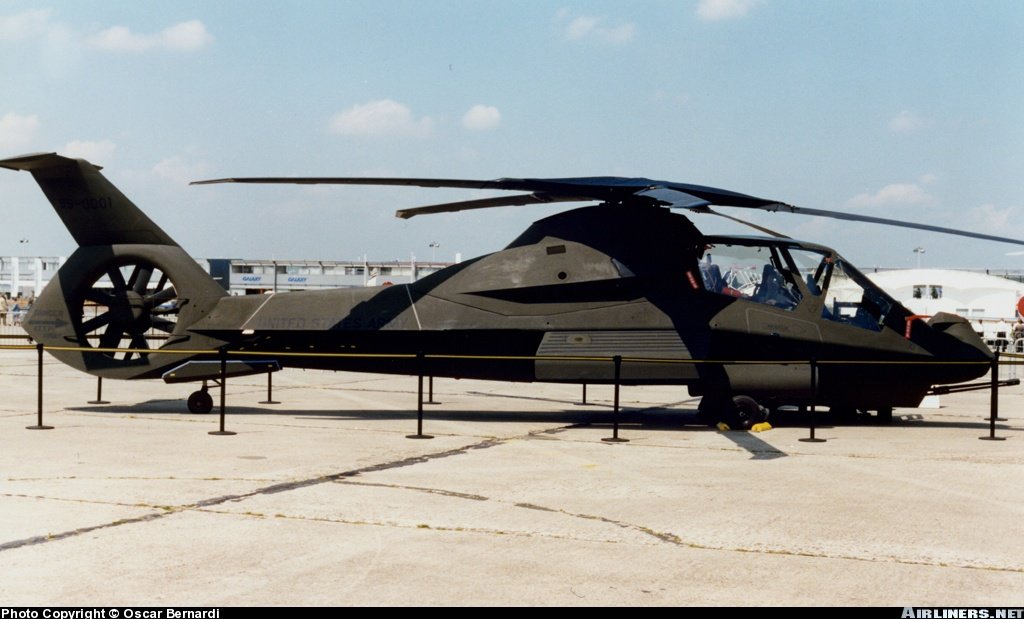
Number 4: the Expeditionary Fighting Vehicle
The US Marines identified exactly what was needed for the amphibious APC of the future, spent $3 billion developing it, and then saw it cancelled on cost grounds.
Y'know who paid attention? The Chinese - and they paid for theirs!


The US Marines identified exactly what was needed for the amphibious APC of the future, spent $3 billion developing it, and then saw it cancelled on cost grounds.
Y'know who paid attention? The Chinese - and they paid for theirs!

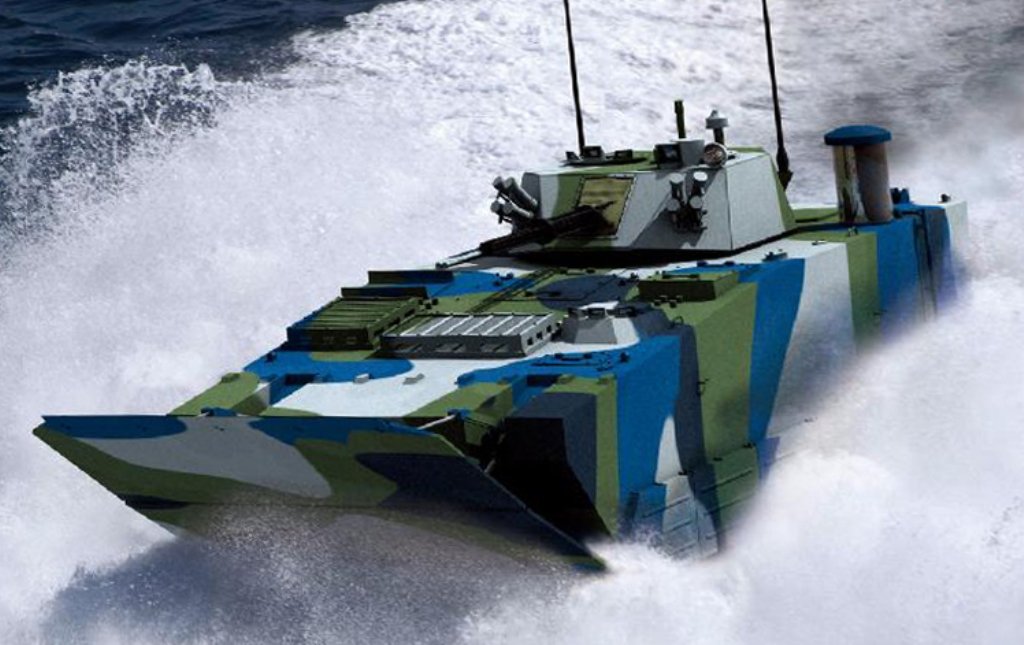
Number 3: Future Combat Systems
The US Army sank $14 billion on this early-2000s program to build the brigade of the future.
NOTHING usable came out of it, although the "interim" future brigade - the Stryker BCT - rather amusingly became a mainstay of the Army for a generation.


The US Army sank $14 billion on this early-2000s program to build the brigade of the future.
NOTHING usable came out of it, although the "interim" future brigade - the Stryker BCT - rather amusingly became a mainstay of the Army for a generation.
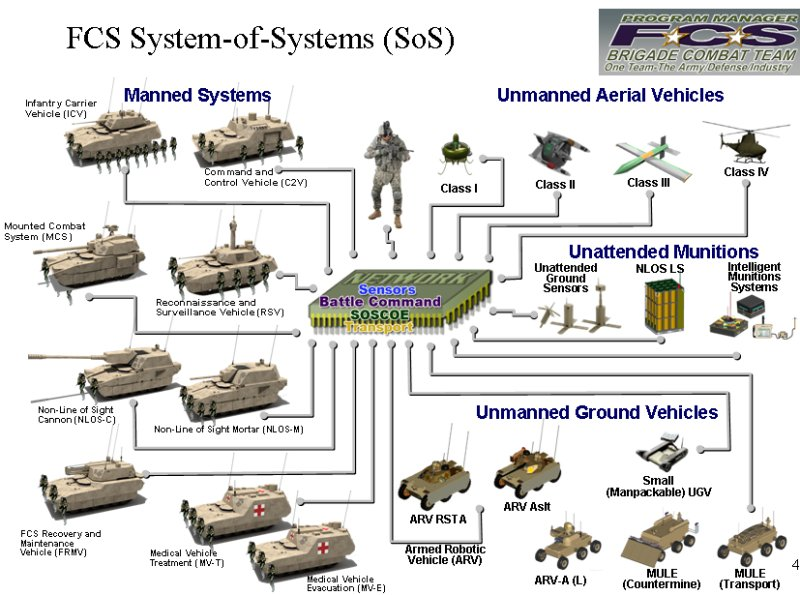
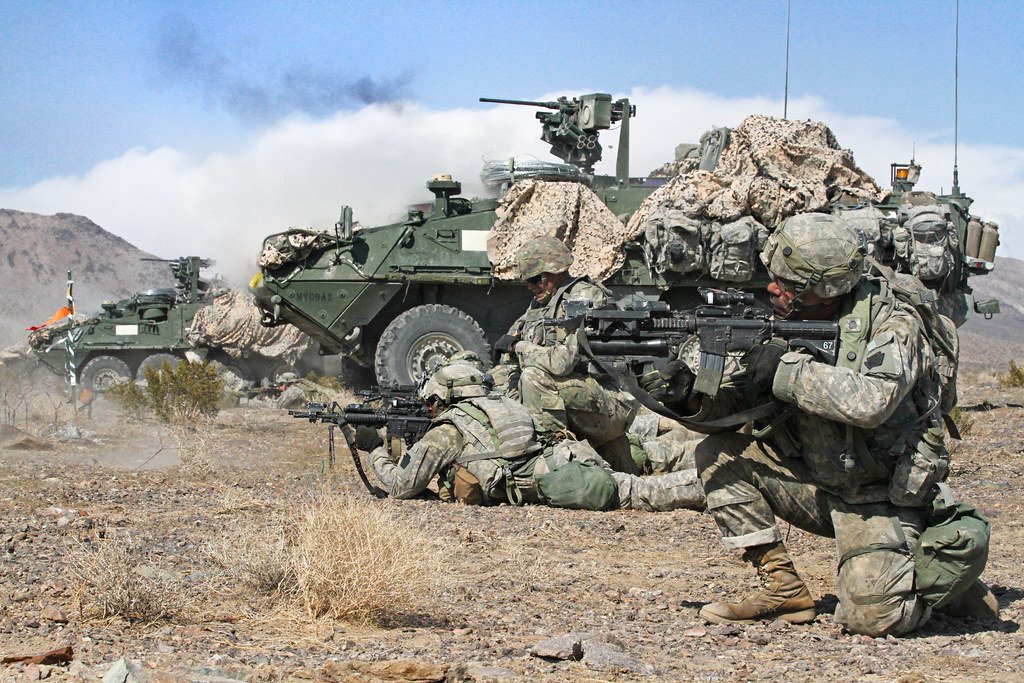
Number 2: The Zumwalt-class destroyer
The US Navy spent $20+ billion to build three ultimate gun destroyers to fill naval gunfire requirements and then refused to buy ammo for them.
Now they're replacing the guns with silos for hypersonic missiles that probably don't work.
The US Navy spent $20+ billion to build three ultimate gun destroyers to fill naval gunfire requirements and then refused to buy ammo for them.
Now they're replacing the guns with silos for hypersonic missiles that probably don't work.
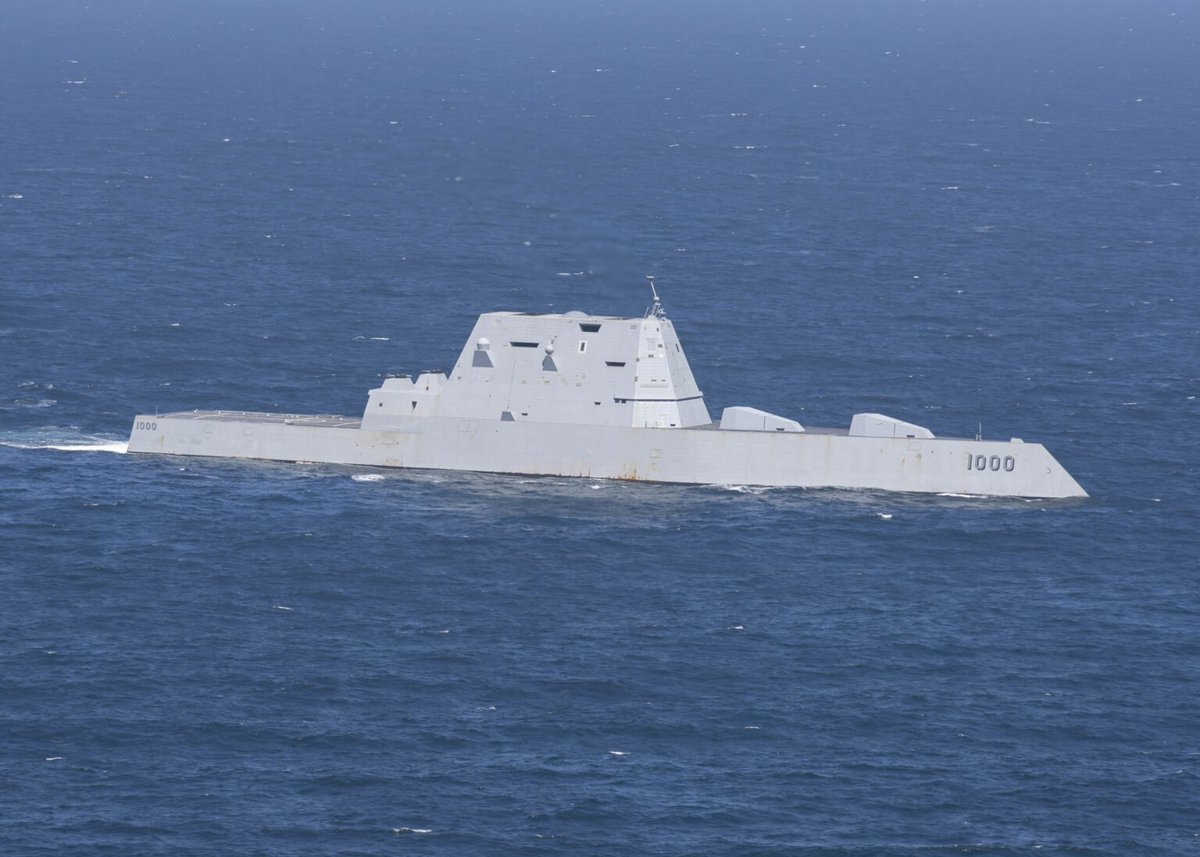
Number 1: the Littoral Combat Ship
This program is like a fractal of failure, all the individual parts are as dire as the whole.
Imagine buying 32 ships from two manufacturers and then scrapping them all immediately because they can't fight anything scarier than pirates.


This program is like a fractal of failure, all the individual parts are as dire as the whole.
Imagine buying 32 ships from two manufacturers and then scrapping them all immediately because they can't fight anything scarier than pirates.
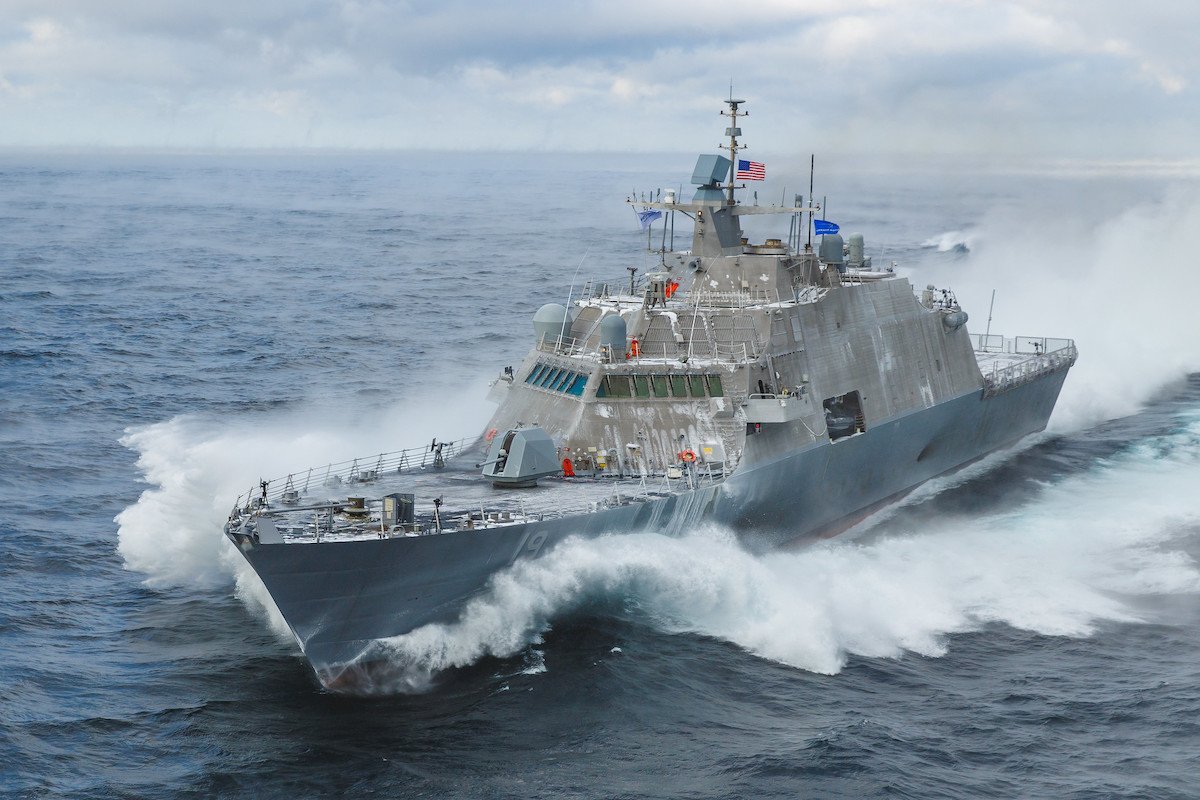

Through all of this, of course, a couple constants:
1. Nobody got fired
2. The contractors got rich anyways
1. Nobody got fired
2. The contractors got rich anyways
• • •
Missing some Tweet in this thread? You can try to
force a refresh













